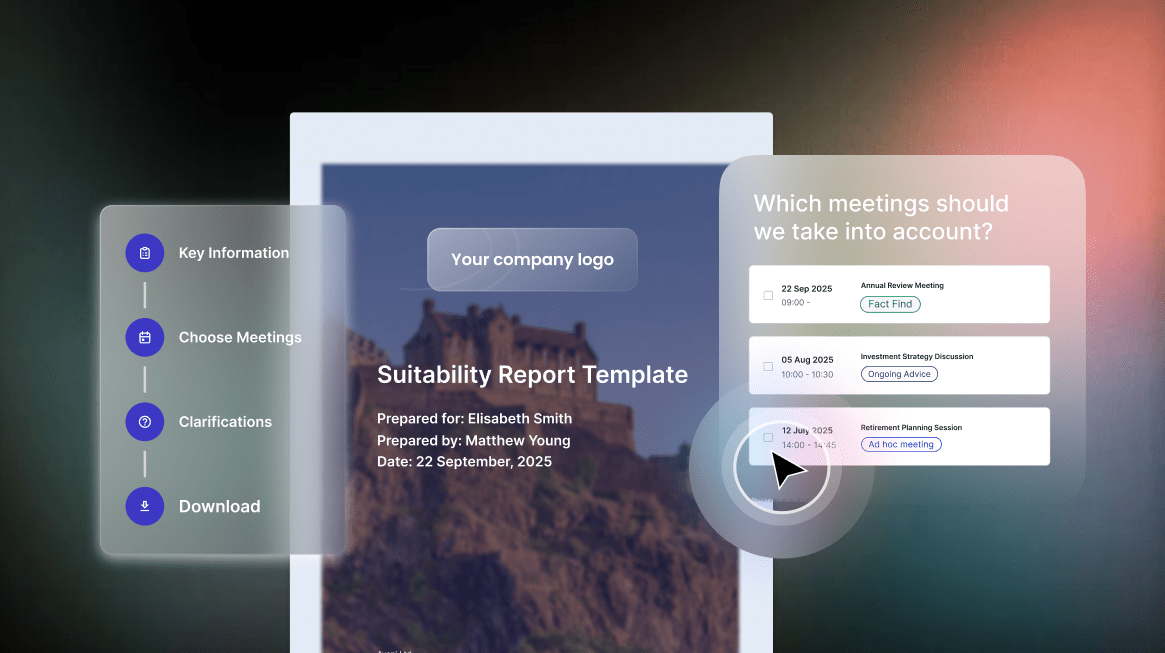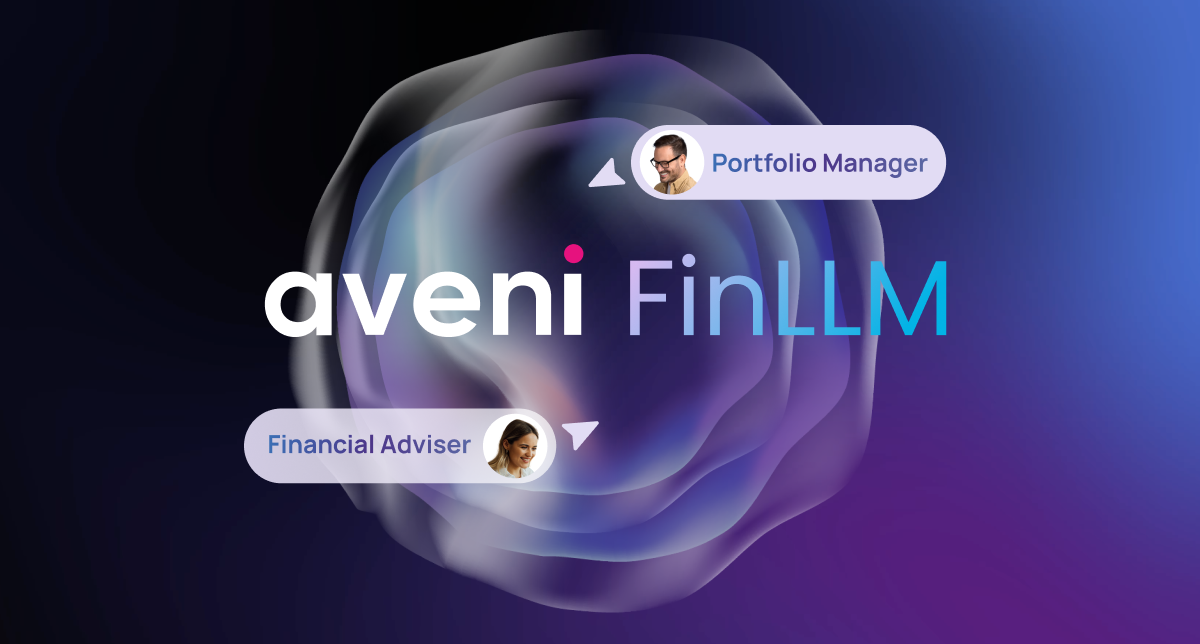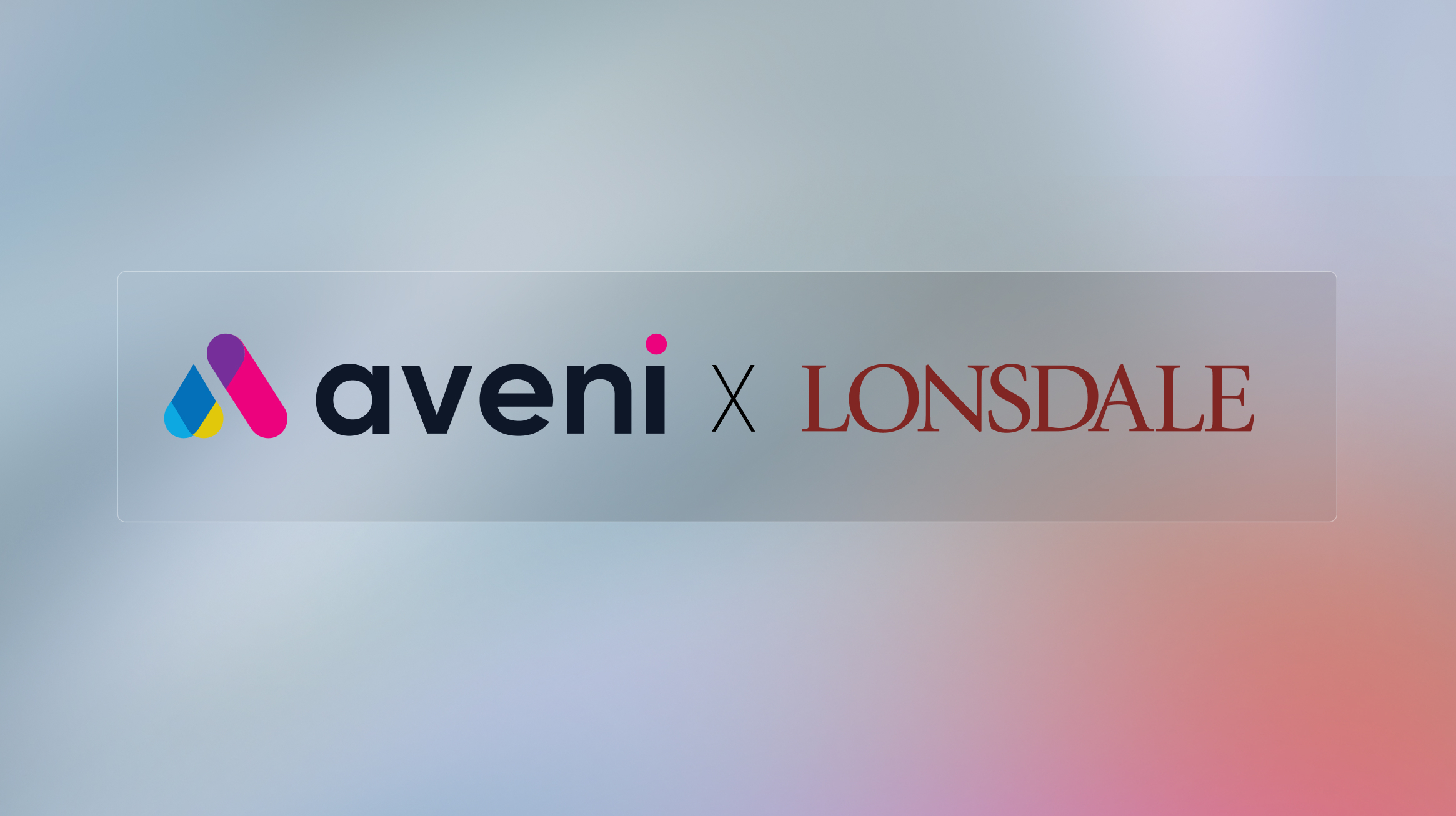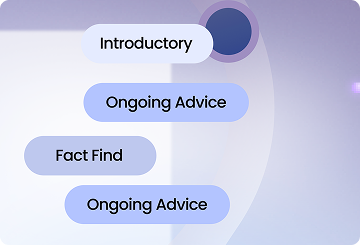How AI Turns Regulatory Burden into a Competitive Advantage
AI is helping companies do just that.
AI is shifting compliance from a cost center to a competitive edge. Financial firms can move faster, reduce risk, and uncover insights in real time, turning regulatory pressure into an opportunity for smarter, more efficient growth.
Here’s how forward-thinking companies are using AI to transform compliance from a reactive necessity into a proactive, value-generating function.

AI in Compliance as a Competitive Advantage
Traditionally, compliance processes are time-intensive, require immense manual work, and often require playing “catch-up” in response to regulatory changes.
Advanced AI tools enable businesses to streamline their compliance operations by leveraging automation, predictive analytics, and real-time reporting. These tools shift compliance from a reactive process to a proactive one that doesn’t just meet regulatory requirements but creates efficiency and adds strategic value.
Let’s see how AI is driving this transformation:
1. Reducing Risk, At Scale
AI is making compliance faster, smarter, and more proactive. Instead of reacting to problems after they happen, financial firms can catch risks early – whether it’s suspicious transactions, regulatory changes, or potential compliance gaps. Machine learning can spot patterns in real time, helping businesses stay ahead of issues like money laundering and shifting regulations. The result? Fewer fines, fewer delays, and a lot less stress.
AI is already proving its value in real-world compliance environments. For example, Octopus Money recently leveraged AI to enhance compliance monitoring and streamline quality assurance. By using AI-powered tools, they’ve reduced manual effort and increased call monitoring coverage, allowing their compliance teams to focus on higher-value tasks.
Similarly, major financial institutions are harnessing AI to tackle compliance challenges at scale. JPMorgan, for instance, uses AI-powered transaction monitoring systems to detect suspicious activity more efficiently, reducing false positives and identifying potential risks faster. Meanwhile, Wells Fargo has integrated AI into its Know Your Customer (KYC) processes to automate customer due diligence, improving both speed and accuracy.
2. Accelerating Client Onboarding
Ask anyone in the financial services industry, and they’ll tell you client onboarding can be a painfully slow, manual, and error-prone process. But AI is shortening onboarding times dramatically.
With intelligent document processing, AI tools can verify IDs, check compliance documentation, and even cross-reference data against financial crime watchlists within minutes, not days. The result is a much smoother, faster onboarding process that builds trust and delight right out of the gate.
3. Cutting Operational Costs
AI reduces the need for manual processes by automating repetitive compliance tasks, including data collection, validation, and monitoring. Not only does this improve accuracy, but it frees up time for compliance teams to focus on more strategic initiatives, saving financial firms significant costs.
A great example of this is HSBC, which implemented AI to automate anti-money laundering (AML) processes, significantly reducing the time spent on manual investigations. By leveraging AI-driven transaction monitoring and automating case reviews, HSBC reported a 20% reduction in investigation time and a 35% decrease in false positives.
Similarly, NatWest has embraced AI to enhance its compliance processes, particularly in detecting suspicious activity and improving transaction monitoring. By automating key compliance workflows, NatWest reduced false positives by 20%, allowing compliance teams to focus on high-priority investigations and complex cases.
4. Unlocking Real-Time Insights
AI gives financial firms real-time insights to detect risks, prevent fraud, and stay ahead of regulations. Machine learning models monitor transactions for anomalies that could indicate money laundering or market manipulation, while AI-driven identity checks strengthen KYC processes. Automated AML assessments cross-check transactions against global sanctions lists, reducing the risk of breaches. AI also tracks regulatory changes across jurisdictions, ensuring firms can adapt instantly and avoid costly penalties. Instead of relying on manual reviews, compliance teams gain instant visibility into potential risks, improving efficiency and security.
Beyond structured data like transactions, AI’s natural language processing (NLP) analyses unstructured data – emails, phone calls, and chat messages – to detect misconduct, conflicts of interest, or compliance breaches. AI-powered trade surveillance flags insider trading patterns, while real-time conduct monitoring picks up concerning employee behaviour before it escalates. Automated compliance reporting and dynamic risk scoring help firms move from reactive to proactive compliance. By embedding AI in compliance, financial institutions reduce risk, strengthen resilience, and maintain regulatory confidence.
AI in Compliance Transforms Challenges into Opportunities
AI is fundamentally reshaping how compliance functions. Here’s why financial firms need to pay attention right now:
From Reactive to Proactive
Instead of waiting for regulators to point out gaps, firms can now anticipate issues. AI tools identify weaknesses long before they materialise into fines or reputational damage.
From Cost Center to Growth Driver
With automation reducing time spent on manual tasks and unlocking valuable business insights, compliance teams can elevate their strategic impact.
From Bureaucracy to Innovation Enabler
Instead of hindering innovation, AI-led compliance accelerates it. The efficiency gains allow firms to innovate smarter and faster, with the confidence of staying regulatory-compliant.
Why Your Compliance Strategy Needs AI
The financial services industry is evolving rapidly, and complacency in compliance could leave companies struggling to keep up. AI is no longer a “bonus feature” for managing compliance; it’s becoming essential. Firms that adapt quickly will not only avoid risk but also uncover significant growth opportunities in the process.
AI allows financial firms to move beyond simply “checking boxes.” It’s an opportunity to turn compliance into a competitive advantage, freeing up resources to focus on what really matters—growth, innovation, and customer satisfaction.
What’s Next?
The compliance paradox isn’t just a theory; it’s reality for companies leveraging AI today. Are you ready to future-proof your compliance processes while staying ahead of the competition?
The time to adapt ai in compliance is now.
Ready to see AI in action?
Discover how Aveni’s platform automates regulated workflows, strengthens compliance oversight,
and delivers measurable ROI across your firm.
Book a demo






